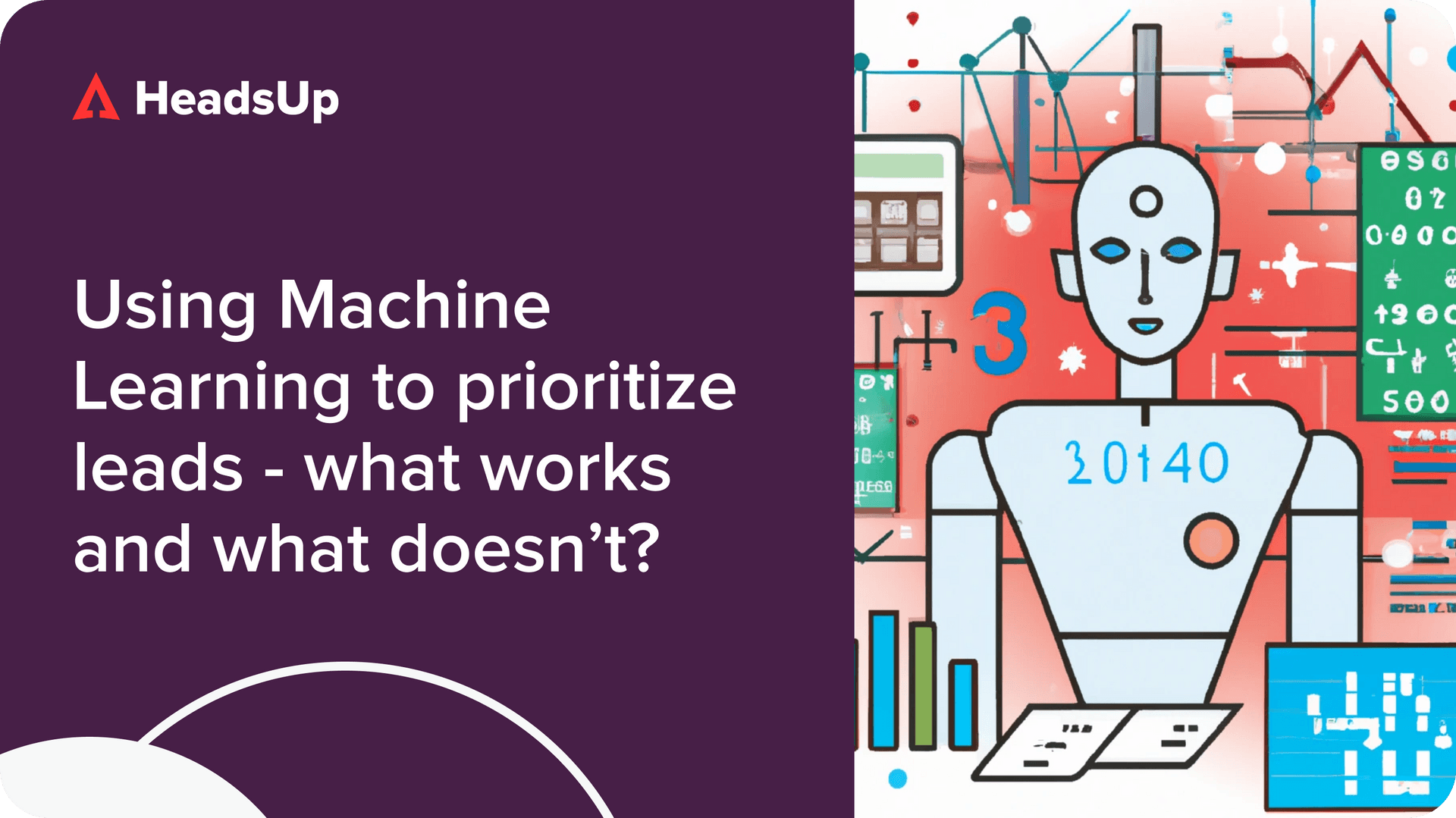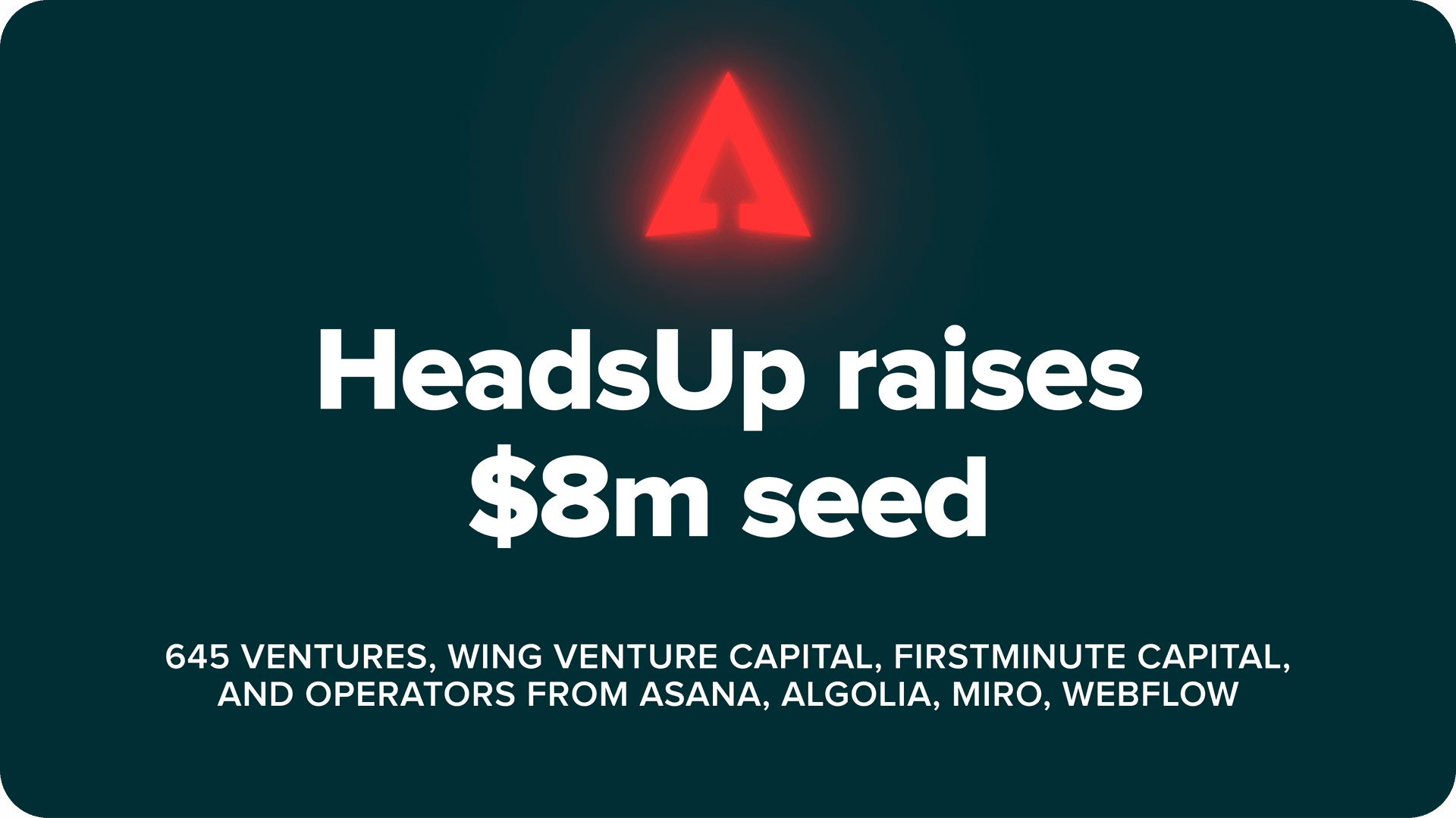Otter’s growth head takes us through her free trial and freemium experiments, and their surprising outcome.
Here’s an age-old dilemma of a product-led company: do you use a free trial or freemium strategy to convert new customers?
That’s the exact question Chang Chen, head of growth and marketing at Otter, sought to answer.
Otter, a US-based AI transcription firm, helps users take meeting notes digitally.
To encourage more enterprises to try the product, Chang’s team conducted a series of experiments to determine which method worked better – with an unexpected conclusion.
Free trial vs freemium: the basics
In a free trial, the product and all its features are available to users for a limited time, after which they must pay to continue.
In freemium, users are offered a free version of the product, with fewer features, for an unlimited time.
Free trials enjoy a higher full-funnel conversion rate, while freemium achieves greater market penetration but sees longer conversions.
How to decide between free trial vs freemium: Speak to your users
To determine which method worked better, Chang and her team experimented with both.
For a start, they conducted interviews with existing and potential customers, which Chang says contain “ a treasure trove of information on how users want to be treated”.
“New users who do not know or trust the brand may have a very different view from existing ones,” she says.
Otter asked users hypothetical questions – such as how often they might use the product – and showed them mockups, recording not their facial impressions, eyeball movements, and inaction. Afterward, it ran A/B tests to confirm these findings with data.
“If we combine qualitative results with quantitative experiments, we have greater decision confidence,” Chang explains.
How long should your free trial be? The answer might be with your users
As part of its research, Otter tested various durations for a free trial, ranging from 3 to 7, 14, 15 and 30 days, and found that shorter trials saw higher conversion rates.
But this is not applicable to all firms, Chang warns.
For Otter, users need only a few days to understand the product value, as meetings happen nearly daily. But for low frequency products, the risk is firms may not give users enough time.
Shorter trials (eg. 7 days long), which attract smaller firms who can make quick decisions, may also mean the loss of larger accounts from big firms, who need longer to obtain approvals from multiple departments. “Not all conversions are equal,” Chang says.
She also cautions against being too stingy with features for freemium offerings. Some companies may try to increase conversion rates by putting all their valuable features behind a paywall, but this robs users of the aha moment needed to convert.
Leave out the credit card info, increase your conversion rate
For free trials, Otter tested the impact of requiring credit card information, and found that trials requiring credit card info saw higher conversion rates than those that did not.
Still, it decided to do away with it.
“If we look even one step beyond the funnel, requiring credit card information discouraged people from signing up,” Chang says. The firm would rather have more users provide email addresses, and try out the product.
Why Otter stuck to freemium in the end
The results of all Otter’s experiments was this: the free trial saw a higher conversion rate than freemium.
Chang posits this is because free trials run for a limited time so users feel urgency to engage, but don’t with freemium.
Surprisingly, Otter decided to adopt both, offering a free trial for its organisational tier, and freemium for its individual tier.
Why keep the freemium? Because in the long run, it opens more doors, says Chang. “Freemium turned out to be a great way to get our users to use the product at work – so we penetrate different companies and educate the market,” she says.
This also aligns with Otter’s goals to change user behavior. “We found from user interviews that most still take notes with paper and pen, believing this helps them remember better,” the growth head says. “For them to start using our product is a good way to kickstart behavioral change.”
However, the firm is careful not to offer both free trial and freemium options within the same tier.
While this captures more users, it also means asking them to make a choice, Chang says. “Signup rates will take a hit, because we’re asking users to employ brain power, and some just won’t move forward.”
At the end of the day, it really depends on your customer
As Otter’s experiments have shown, the answer to the free trial vs freemium debate is often nuanced, and hinges on research to understand and adequately target the customer.
The option that yields the best results will also tailor the freemium offering or free trial mechanism to customer needs, the product’s use frequency, and how long people need to comprehend its value.
“At the end of the day, it really depends on who you’re selling to,” says Chang. “You need to know who your buyer persona is.”
Key takeaways from Otter’s experiments
- Conduct user interviews to determine if customers prefer free trial or freemium
- To score larger clients, longer free trials may be necessary
- Ensure enough features are included in freemium so users can see product value
- Leave out credit card information if you want more people to sign up
- Don’t do both free trials and freemium. This reduces conversion rates, as users have to make an effort to choose.
For more advice from top PLG go-to-market leaders, check out the Product Led Sales blog


